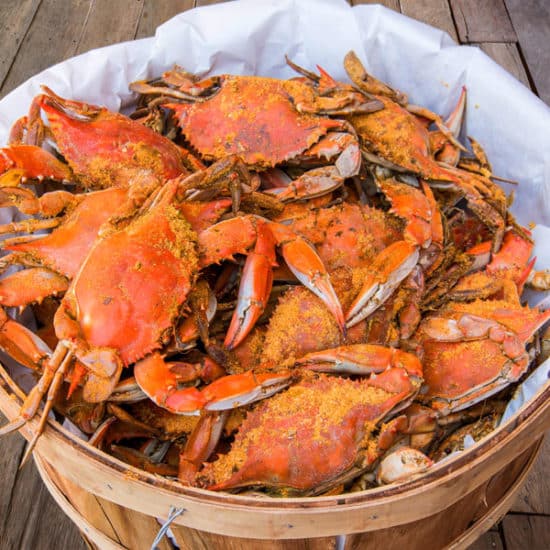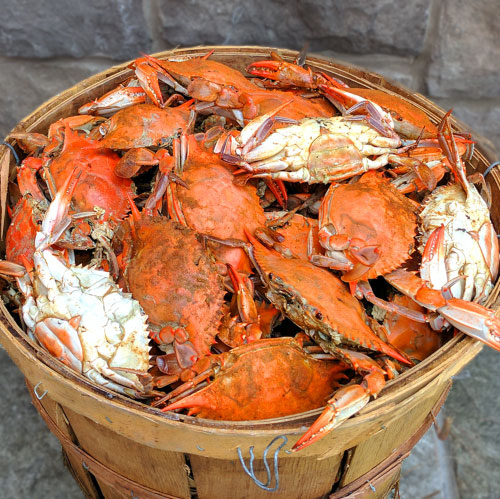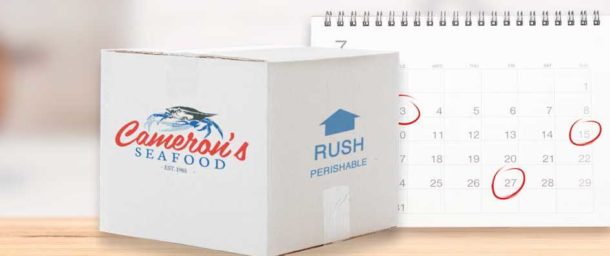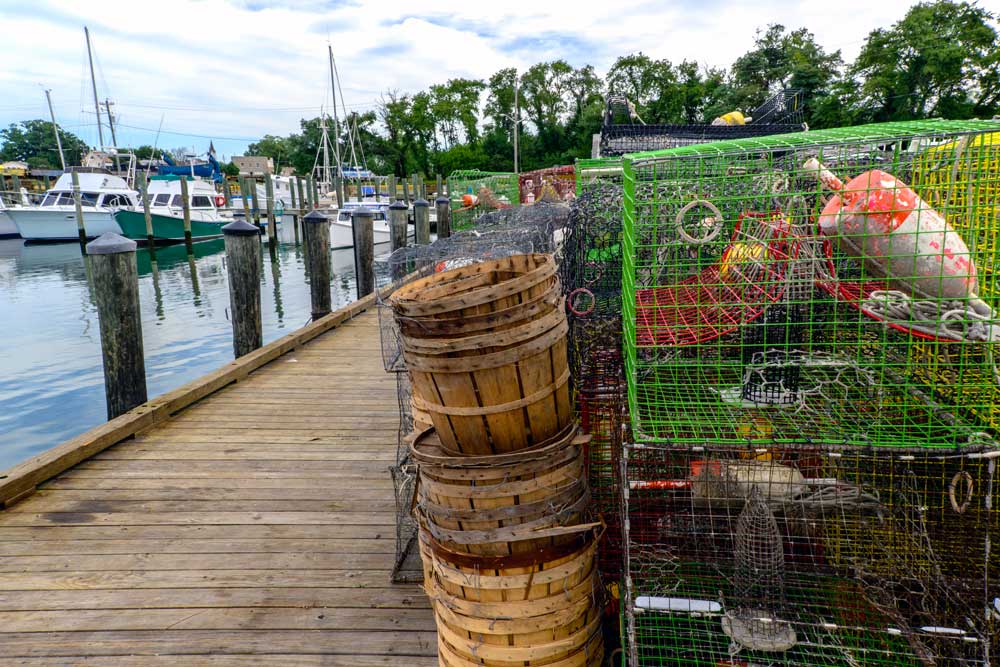
To Catch a Crab
![]()
The blue crab is one of the most celebrated food stuffs on the planet and the Chesapeake Bay is the hub.
In all the areas that blue crabs call home (the Atlantic Ocean and the Gulf of Mexico), it is the Chesapeake Bay that accounts for over 50% of the world’s supply. In this extremely special ecosystem, the Chesapeake Bay crabbers are king.
In this article we’ll discuss how these gifted fisherfolk catch blue crabs, the world’s most popular crab.
A Brief History…
Humans have been catching crabs in the Chesapeake Bay for a millennia. Our nation’s largest estuary has been a draw for us since ancient times, being the home for thousands of plant and animal species. We’ve sought this region for our own sustainability and have basked in it’s bounty.
It was the Native Americans that showed the European settlers effective means to fish and catch crabs; using nets, lines and traps~many of the methods that are still used today in recreational and commercial crabbing.
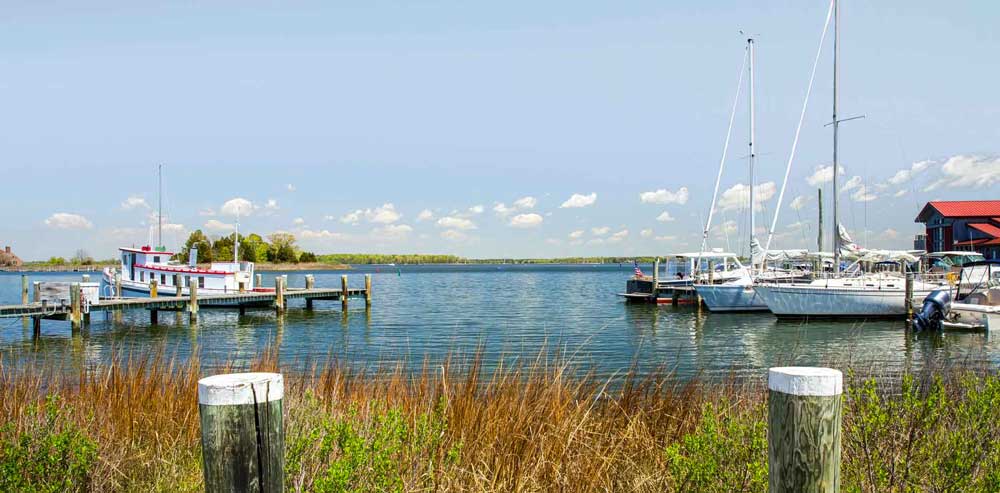
Tools of the Trade…
Major commercial crabbing has existed in the region for well over 100 years. Some of the old traditions, first taught to us by the Native Americans, have only slightly modified. It seems as though the best ways to catch these tricky, swift (and delicious) crabbies was perfected centuries ago.
The primary tool to catch blue crabs are crab pots. These square contraptions are quite ingenious. A studier chicken wire composes of the outside of the pot with an inner section, cylinder, for bait. The top of the trap latches shut, giving crabbers access to the crabs and to the bait. There are a couple of entrances constructed into the outside, rigged so that when I crab swims in to nosh, it can not swim out…sort of a crabby maze. There are also smaller holes throughout the pot, letting the smaller crabs escape and giving any other critter or swimmer a way out. The pots are meant to sit on the bottom of the bay, prime location for hungry crabs, with a signature buoy attached that floats on the surface alerting crabbers of their pot locations.
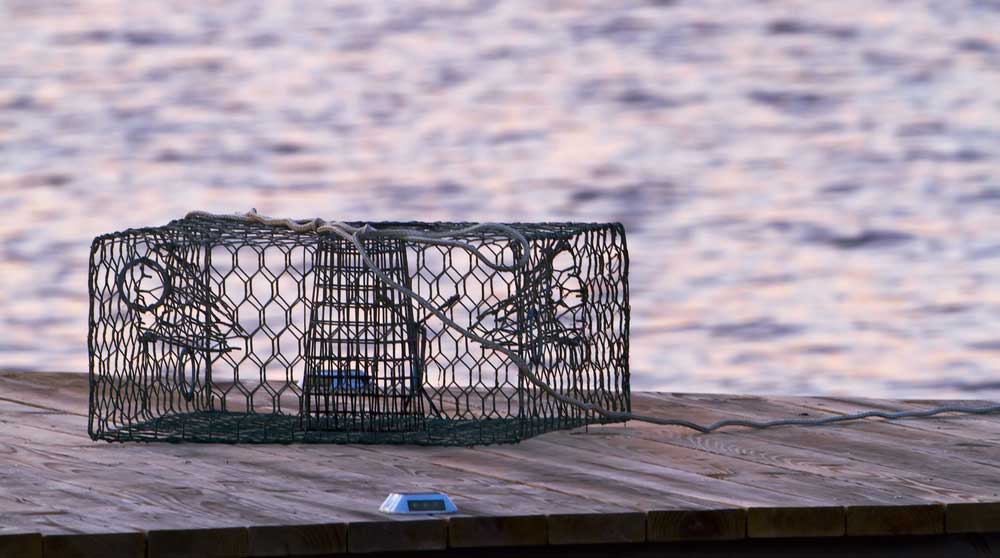
The second most popular tool is a trotline. A trotline is a long length of rope, baited in intervals, and weighted down to sit on the bottom of the bay. There are two buoys attached to either end of the line, notifying crabbers of where their lines are located. Slowly the lines are brought in and while they begin to surface, skillful crabbers are armed with nets to swoop up any crabs that are clinging to the bait.
For the softy fans among us, this task is designated to only the most skilled crabbers.
Either through pots or trotlines, crabs are identified as ‘peelers’. These are the crabs that are just about to molt and shed their shells, becoming soft-shell crabs. Crabbers identify the peelers and keep them in a tank, safe from other predators while they molt. The minute the shells have shed the crabs are processed. The longer the soft-shell crab goes without being processed the harder the shell will become.
A Day in the Life of a Crabber…
The shift starts early for a Chesapeake Bay crabber, often rising well before dawn. There is a big reason behind the early bird motto… Crabs are most active in the morning, breaking their fast and scurrying around looking for food. Crabbers drop baited pots in the early hours hoping to catch the bulk of the hungry crab breakfast hunt.
After the newly baited pots are dropped, crabbers go to collect yesterdays dropped pots. Using either mechanical pulleys, hand cranks or man power to collect the pots from the deep.
A full pot is removed, dumped of it’s crabby cargo and carefully stored before moving on to the next pot. Meanwhile, the crabs are sized and sorted by deck hands. Not to mention the keen-eyed crabber who’s on the lookout for peelers.
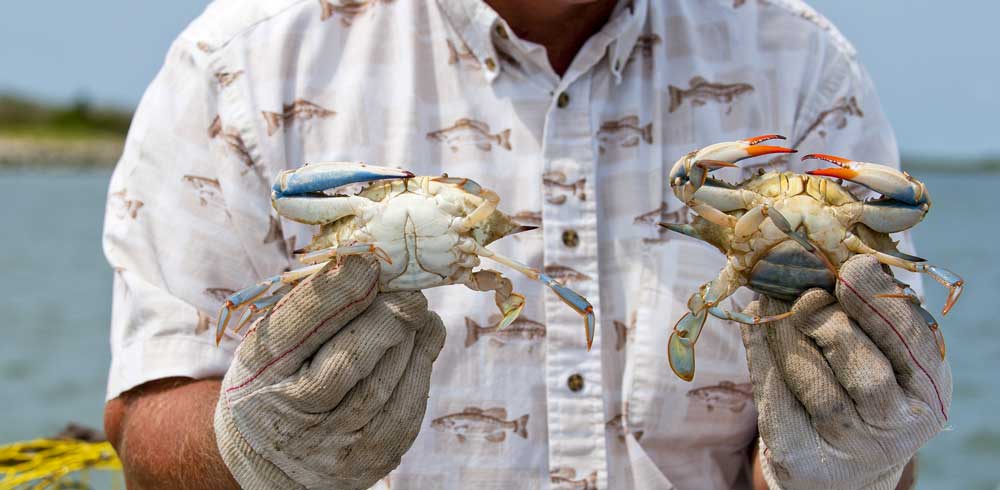
Once all the pots have been pulled the boat heads back to the docks. Once there, inventory is conducted and the crabs are off loaded, heading to restaurants, crab processors (for crab meat), distributors, grocers, markets etc…
This schedule continues everyday for the crabber and crew, beginning in early April and ending around mid December. The off months are spent tending and mending their pots and any upkeep needed on the boat or docks (plus maybe a little r&r).
Support the Chesapeake Bay Crabbers!
Cameron’s Seafood loves the family of crabbers that supply us with top notch crabs. These dedicated folk have been working with us for generations and, in our humble opinion, the best in the Bay.
Check out our enticing Chesapeake Bay blue crab options ~from whole steamed crabs, crab cakes to jumbo lump crab meat! We have you covered. As we always like to say…’From the shore to your 3 days faster than the grocery store’ We pride ourselves on getting our customers the best and freshest crabs delivered fast.

About the author
Patterson Watkins is a professional chef with over 17 years of experience. With a robust career in restaurants, contract dining and catering (including 4 Summer Olympic posts preparing food for the athletes!) Patterson joined the Cameron’s Seafood team at the end of 2018 to concoct some delicious recipes with our premium seafood items as the centerpiece.
Shop This Post
-

Colossal Jumbo Male Maryland Crabs
From: $119.99 Select options This product has multiple variants. The options may be chosen on the product page -

Premium Large Male Maryland Crabs
From: $99.99 Select options This product has multiple variants. The options may be chosen on the product page -

Premium Large Female Maryland Crabs
From: $84.99 Select options This product has multiple variants. The options may be chosen on the product page


